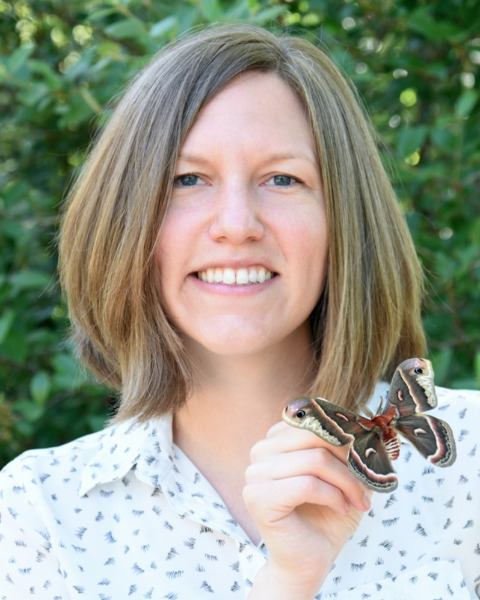Student Poster
Plant-Insect Ecosystems
Student Competition
Student
Undergrad Competition P-IE: Ecology
D3192: (2nd Place) Investigating dung decomposition and associated arthropod communities at grass-crop interfaces
- SS
Stefan Stefanovic
Undergraduate intern
University of Nebraska
North Platte, Nebraska 
Hannah E. Stowe
PhD Student
University of Nebraska
Lincoln, Nebraska
Katarina Obradovic
Research Scholar
University of Nebraska
North Platte, Nebraska
Julie Ann Peterson
Professor
University of Nebraska
North Platte, Nebraska
Presenting Author(s)
Co-Author(s)
Animal dung provides beneficial nutrient resources to both natural and agricultural ecosystems, however excessive dung deposition can slow rates of decomposition affecting plant growth, allowing pests to reproduce and increasing nutrient loss. The incorporation of grasslands into the agricultural landscape can potentially support decomposer communities. Larger population abundance and diversity of arthropod decomposers, such as Scarabaeidae and Hydrophilidae, could benefit the rate of decomposition whereas dung dwelling predators, such as Staphylinidae and Histeridae, could provide pest fly population control. In this study, we will examine the rate of decomposition, abundance and diversity of decomposer and dung-dwelling predator communities. We have six sites overall, each with paired crop and grassland fields, sampled at both the center and edge. Fresh cattle dung was frozen for 10 days to ensure sterility, then thawed, homogenized, and portioned out into 300 ± 2g pats. Sentinel dung pats were collected after 2 and 4 days of exposure to assess decomposition rates in the field. Arthropods were collected, counted, and identified by Berlese funnel extraction from the sentinel dung, then dried pats were weighed to measure overall mass loss. Data were analyzed with generalized linear mixed models in SAS 9.4. Percent dung loss was not affected by location or edge adjacency. This work will lead to a better understanding of how land use types and edge adjacency affect dung-dwelling communities and their ecosystem services. Identifying ways to support these communities will aid in conservation efforts.

.png)


